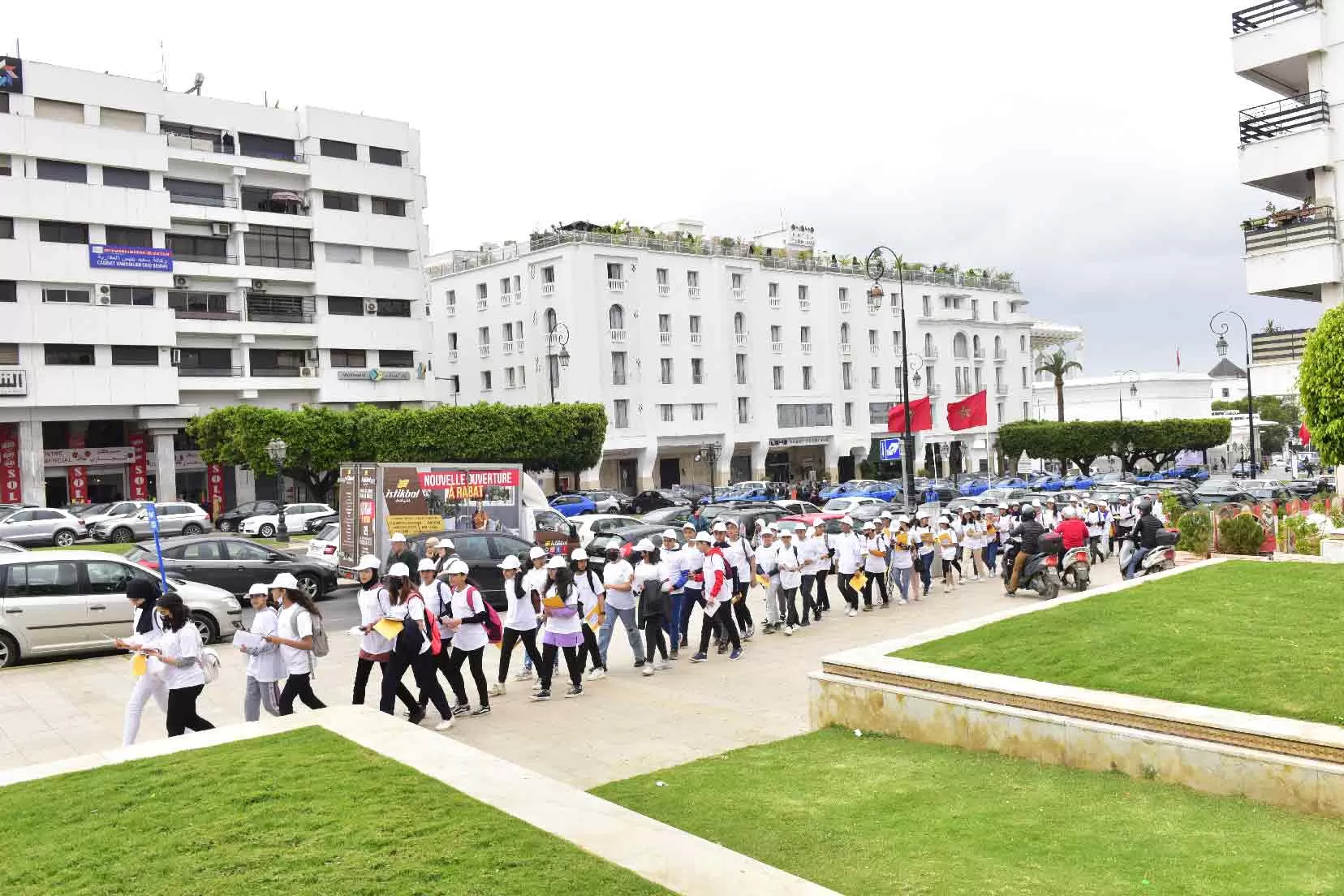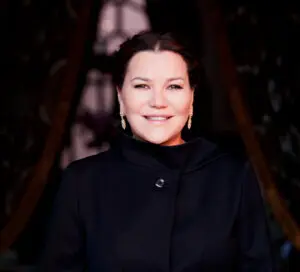Program
Rabat
Taroudant
Meknes, Moulay Idriss Zerhoun and Volubilis
The Foundation Program

In keeping with Her Royal Highness Princess Lalla Hasnaa‘s strong commitment to heritage education, the Foundation put together the UNESCO World Heritage Education Kit for Rabat’s secondary schools in partnership with the Ministry of National Education, Preschool and Sports, the Ministry of Youth, Culture and Communication and in collaboration with UNESCO and the World Heritage Centre.
“Discovering my heritage” began by implementing and contextualizing the UNESCO educational kit to local cultural heritage, in its many representations spanning urban planning, architecture, people and nature, and introducing concepts of modern and global heritage. Contextualizing the kit to the city of Rabat and leveraging its educational dimension are essential to consolidating culture in educational processes.
The pilot phase covered 62 Rabat Middle Schools in academic year 2021-2022.
In adapting and contextualizing the kit, the committee took an educational approach seeking to inspire young people and strengthen their commitment to preserving their city’s cultural heritage. Alongside kit distribution to teachers and publishing on the website, the program includes a number of activities, e.g. discussions, guided tours, research and exercises developed by educators and heritage professionals.
The process
- Contextualizing themes and heritage to Rabat
- Adapting educational content
- Editing and digitizing the kit
- Training educators on how to use the kit
- Distributing the kit to middle schools
- Collecting student files
Local Heritage Awareness
Contextualizing the tools to the local heritage of the city of Rabat
Educational kit - activity sheets
Educational approach: Site and monument visits, research, discussions, teacher training
The Heritage Notebook
Educational tools for appreciating cultural heritage
Teacher training and kit roll-out to Middle Schools
The Foundation and its partners held a training workshop for teachers on how to use the kit at 62 schools in Rabat, Temara and Salé.
Educators were introduced to the following topics:
- UNESCO’s World Heritage and the World Heritage Education program for young people
- Rabat, Modern Capital, Historic City: Sharing our Legacy
- “Discovering my heritage”
- Program deployment at Middle Schools
- Teacher kit and educational tools
Activities
Student activities revolve around five main action areas and are arranged in fact sheets:
- Discussion
Activities suggest teachers conduct discussion sessions with students and lead these sessions towards issues surrounding Rabat’s cultural legacy and its preservation. The educational kit cards provide a variety of discussion topics and include additional background information for the teacher in the appendix.
- Research
Children are encouraged to conduct research in and outside class, stimulating imaginations and curiosity. This work is to be exhibited and debated.
- Practice activities
Exercises in the kit are designed to encourage children to discover their heritage in a novel way.
- Visual sessions
Teachers are to prepare photos, objects or visual aids to share with students in class. This material will serve as a basis for
- World Heritage site visits
Middle Schools in the program are to visit World Heritage sites during Heritage Month. Student activity sheets include visit questionnaires as well as in-class exercises in preparation for the visits.
The Committee
The committee in charge of implementing the kit is made up of
- The Foundation for the Safeguarding of Cultural Heritage of Rabat
- The Ministry of National Education, Preschool and Sports
- The Ministry of Youth, Culture and Communication
- UNESCO
The kit includes:
- A teacher's kit
- A heritage notebook
- Activity sheets for students
- A map of listed monuments

